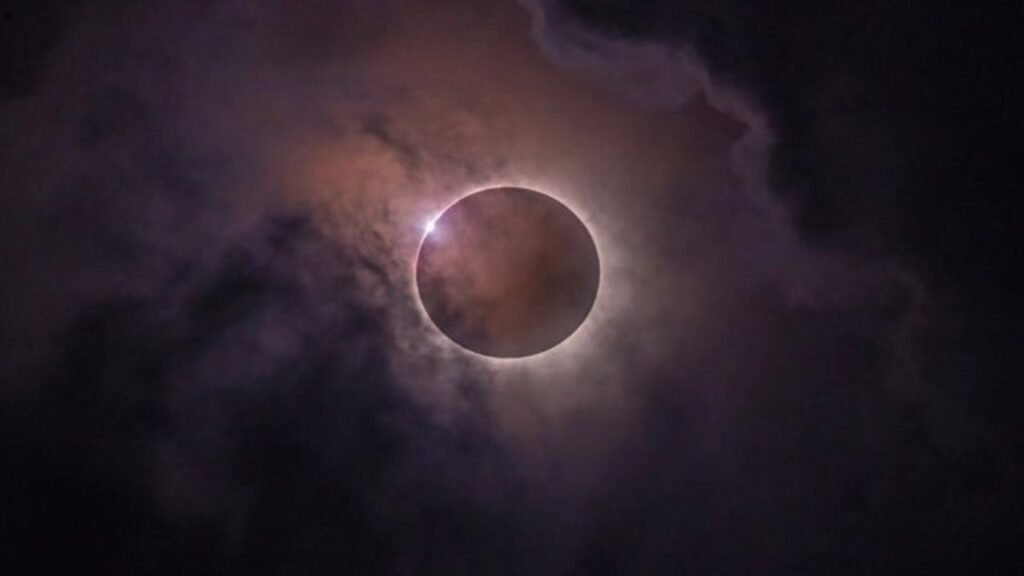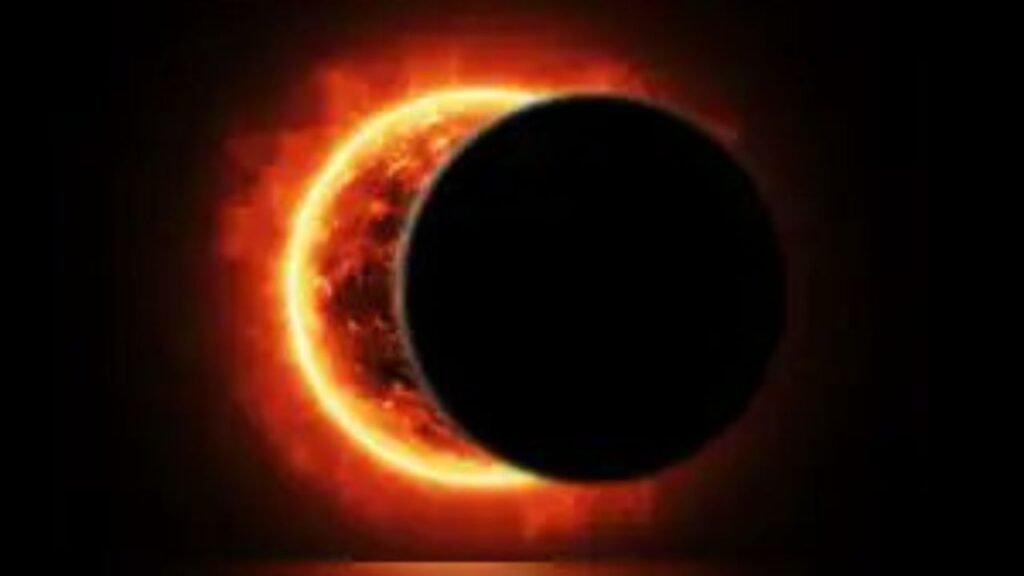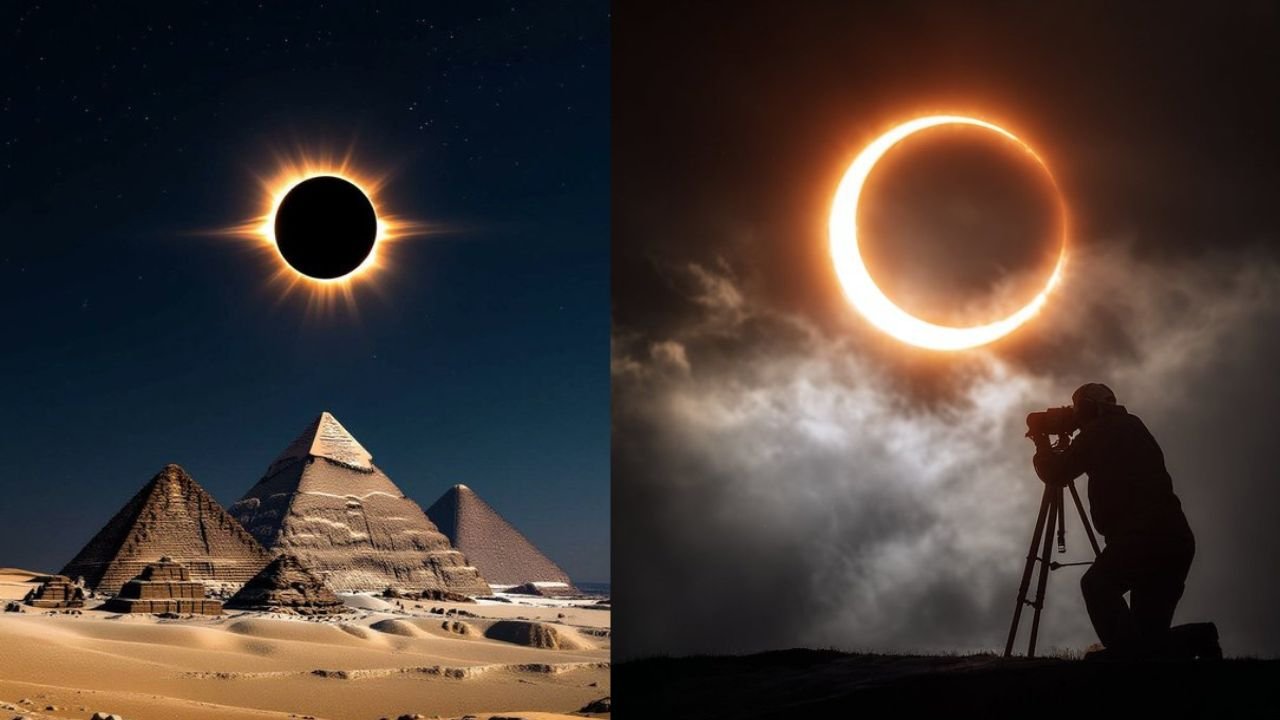A Celestial Marvel: The 6-Minute Total Solar Eclipse of August 2, 2027
On August 2, 2027, the skies will deliver a breathtaking spectacle: a total solar eclipse lasting up to 6 minutes and 23 seconds, one of the longest of the 21st century. Dubbed a celestial marvel, this event will sweep across Southern Europe, North Africa, and the Middle East, captivating millions with its dramatic darkening of the day. Recent confusion about an eclipse in August 2025 has prompted clarification—no such event is occurring now. This article explores the 2027 eclipse’s path, its significance, and how to prepare for this once-in-a-lifetime experience, ensuring you’re ready for an unforgettable cosmic show.
No Eclipse in August 2025
Despite rumors on platforms like X suggesting a solar eclipse on August 2 or 3, 2025, no such event is scheduled. Astronomical data from NASA and timeanddate.com confirm that no solar or lunar eclipse occurs in August 2025. The next solar eclipse is a partial one on September 21, 2025, visible in Australia, Antarctica, and parts of the Pacific and Atlantic Oceans. Misinformation, possibly fueled by excitement for the 2027 eclipse, has led to incorrect dates circulating online. Let’s focus on the real event coming in 2027.
The 2027 Solar Eclipse: A Rare Phenomenon
The August 2, 2027, total solar eclipse is extraordinary for several reasons:
- Unprecedented Duration: Totality will last up to 6 minutes and 23 seconds near Luxor, Egypt, due to the Moon being near perigee (closer to Earth, appearing larger) and Earth near aphelion (farther from the Sun, appearing smaller).
- Broad Path: The eclipse’s shadow will stretch up to 258 km wide, covering populous regions and making it accessible to millions.
- Stunning Visuals: Observers will witness the Sun’s corona, Baily’s beads (bright spots along the Moon’s edge), and the diamond ring effect just before and after totality.

Where to Witness the Eclipse
The path of totality will cross:
- Southern Europe: Southern Spain (e.g., Cádiz, Málaga, 4–5 minutes of totality), Gibraltar.
- North Africa: Morocco (Tangier, Rabat), Algeria (Algiers), Tunisia (Tunis), Libya (Benghazi), and Egypt (Luxor, with maximum totality).
- Middle East: Saudi Arabia (Mecca, Jeddah), Yemen.
- Partial Eclipse: Western and northwestern India (e.g., Mumbai, Goa, with 10–30% solar obscuration, limited by sunset), as well as parts of Europe, Africa, and Asia outside the totality path.
Prime viewing spots like Luxor’s ancient ruins or Spain’s coastal cities are already seeing travel interest, with X posts highlighting tour packages for 2027.
Cultural and Scientific Significance
Total solar eclipses inspire awe and scientific discovery. The 2027 eclipse will:
- Unite Communities: From Egypt’s pyramids to Spain’s historic sites, this event will draw global crowds, blending cultural exploration with celestial wonder.
- Advance Science: Astronomers will study the Sun’s corona and solar activity, providing data on space weather and solar dynamics.
- Spark Engagement: Social media buzz on X, with hashtags like #Eclipse2027, shows growing excitement, though some posts confuse the date with 2025.
How to Prepare for Safe Viewing
Safety is critical when observing a solar eclipse, especially during partial phases:
- Solar Eclipse Glasses: Use ISO 12312-2 certified glasses for direct viewing.
- Solar Filters: Equip telescopes, binoculars, or cameras with certified filters.
- Indirect Viewing: Create a pinhole projector with cardboard for a safe, DIY experience.
- Join Experts: Attend observatory events or astronomy club sessions for guided viewing.
During totality, you can briefly view the corona without protection, but only when the Sun is fully obscured.
Clearing Up 2025 Misinformation
Confusion about an August 2025 eclipse likely stems from misdated references to 2027. Viral X posts and articles, such as one titled “The World to Go Dark in August,” have omitted the correct year, causing mix-ups. Always verify eclipse dates with NASA’s Eclipse Website (eclipse.gsfc.nasa.gov) or timeanddate.com to avoid misinformation.
Other 2025 Celestial Events
While no eclipse occurs in August 2025, you can look forward to:
- September 21, 2025 – Partial Solar Eclipse: Visible in Australia, Antarctica, Pacific, and Atlantic regions.
- September 7–8, 2025 – Total Lunar Eclipse: A “Blood Moon” visible in Europe, Asia, Australia, Africa, and the Americas.

Getting Ready for 2027
To make the most of the 2027 eclipse:
- Book Early: Secure travel and accommodations in prime locations like Luxor, Málaga, or Marrakech, as demand will surge.
- Stay Informed: Follow NASA or timeanddate.com for precise timings and visibility maps.
- Gear Up: Purchase certified solar glasses or filters well in advance.
- Connect Locally: Join astronomy groups or follow X for updates on viewing events and tips.
Conclusion
The total solar eclipse on August 2, 2027, will be a celestial marvel, offering up to 6 minutes and 23 seconds of darkness across Southern Europe, North Africa, and the Middle East. While there will be no eclipse in August 2025, we encourage you to channel your enthusiasm intonnel your enthusiasm intonnel your enthusiasm into planning for this extraordinary event. Whether you’re gazing from Egypt’s deserts or Spain’s shores, prepare safely and immerse yourself in a moment that blends science, culture, and wonder. The countdown to 2027 has begun—don’t miss it!














Post Comment